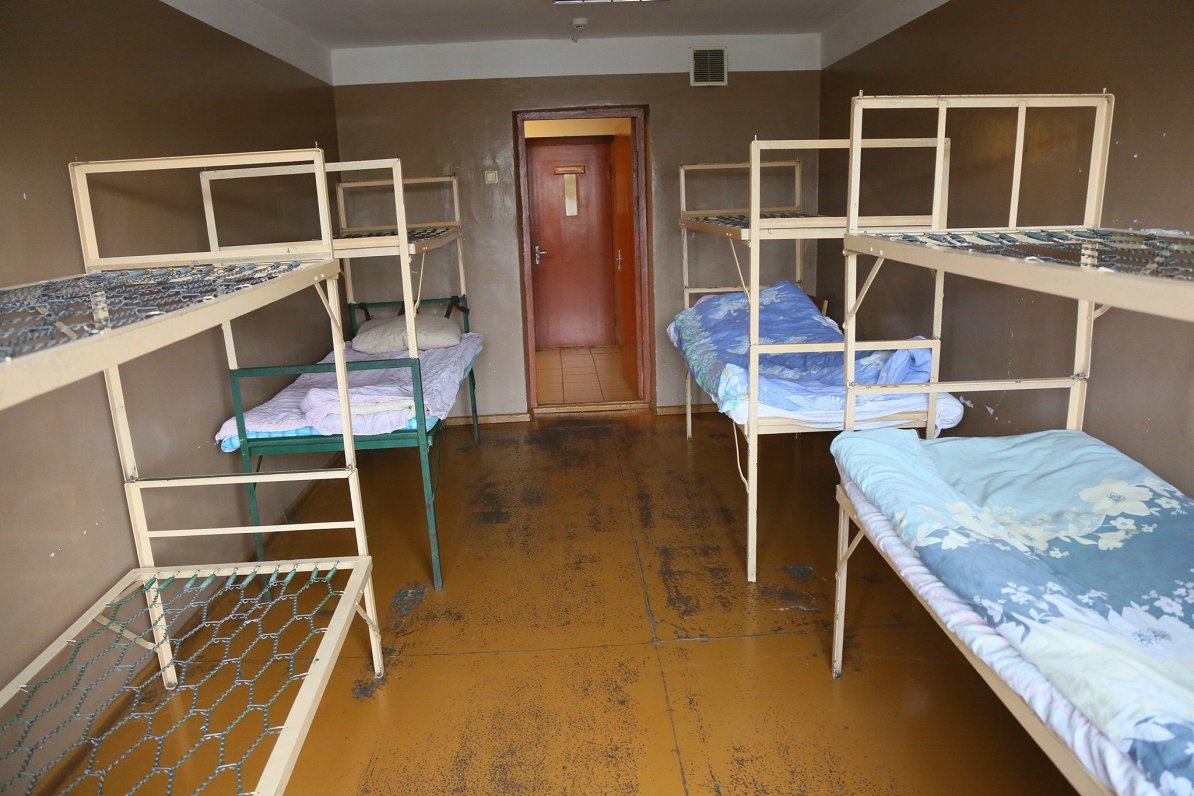The largest proportion of people at risk of poverty (40.1 %) was observed in the age group 65+. Single people formed the highest share of them (67.8 %). A large share of people at risk of poverty was also recorded among unemployed people of full age (53.9 %) and households formed by one adult with dependent children (29.6 %).
As the disposable income of the population grew last year, the at-risk-of-poverty threshold rose as well and reached EUR 563 monthly in one-person households (EUR 513 monthly in 2021). In households comprising two adults with two children (aged 14 and under), the at-risk-of-poverty threshold reached EUR 1 182 monthly (EUR 1 077 monthly in 2021).
The largest share of the population at risk of poverty was registered in Latgale (37.4 %) while the smallest in Riga and Pierīga (16.2 % in each). In Vidzeme those were 28.7 %, in Kurzeme 27.5 %, and in Zemgale 25.2 %.
Over the year the share of households at risk of poverty increased among those formed by two adults with three or more dependent children – from 17.1 % in 2021 to 19.5 % in 2022. The same trend was observed among households consisting of one person aged 64 and under as their share grew from 28.9 % in 2021 to 29.8 % in 2022. However, the proportion of two adults with one child and of two adults without dependent children at risk of poverty reduced – from 15.1 % in 2021 to 10.2 % in 2022 and from 22.8 % in 2021 to 20.7 % in 2022, respectively. The proportions of other types of households at risk of poverty remained similar to those registered a year ago.
Social transfers4 (targeted state and municipal support, pensions formed by lifetime social tax contributions) still are important to fight the risk of poverty. In 2022 the income received in a form social transfers contributed to the total household disposable income and thus the share of people at risk of poverty fell by 18.1 percentage points. In case there were no social transfers (i.e., without state and municipal support, e.g., old-age pensions), 40.6 % of the population would be at risk of poverty. In 2021 social transfers allowed to lower the share of people at risk of poverty by 18.2 percentage points, in 2020 by 17.1 percentage points, and in 2019 by 16.8 percentage points.





























